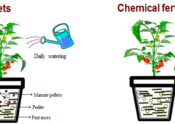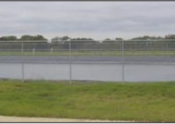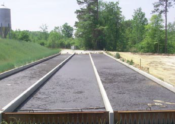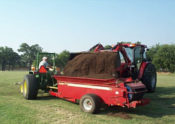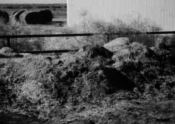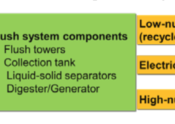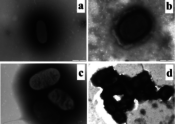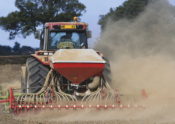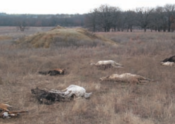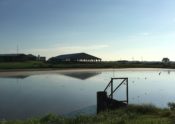
How do you dispose of large volumes of milk properly? It is against federal and most state environmental regulations including Texas, to dump milk into surface water or on any non-permeable surfaces. When dumped, nutrients in milk could negatively affect water quality by enhancing algal blooms, which reduce oxygen levels, potentially killing fish and other aquatic organisms. Nutrients overloads and algae blooms may also emit foul-smelling compounds creating an odor concern for nearby communities. When there is no other option, excess milk may be composted with manure, disposed… Read More →
